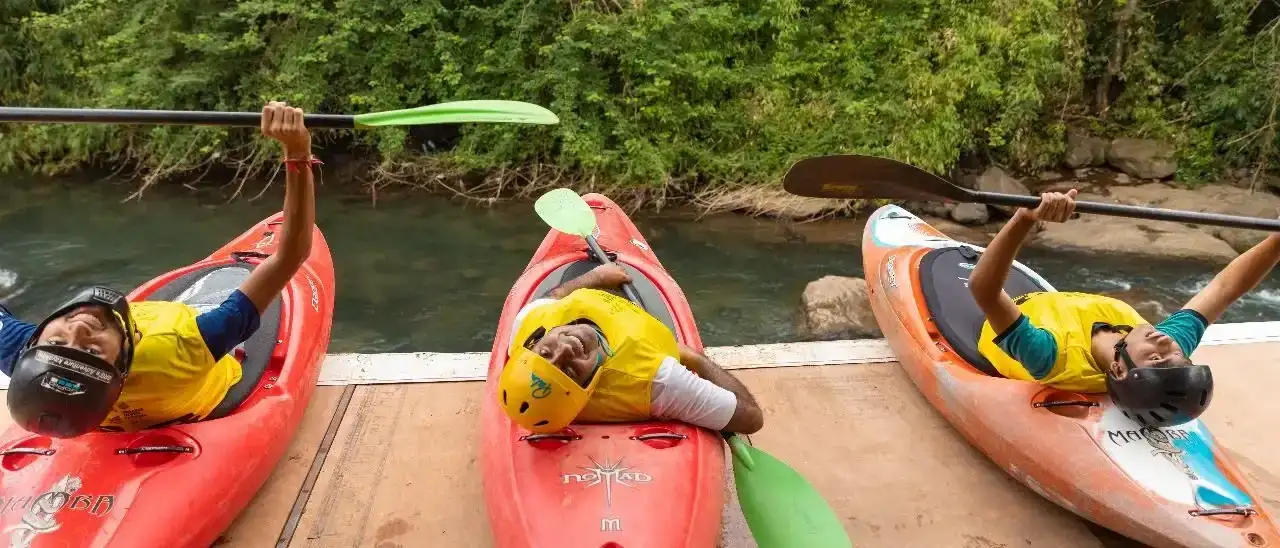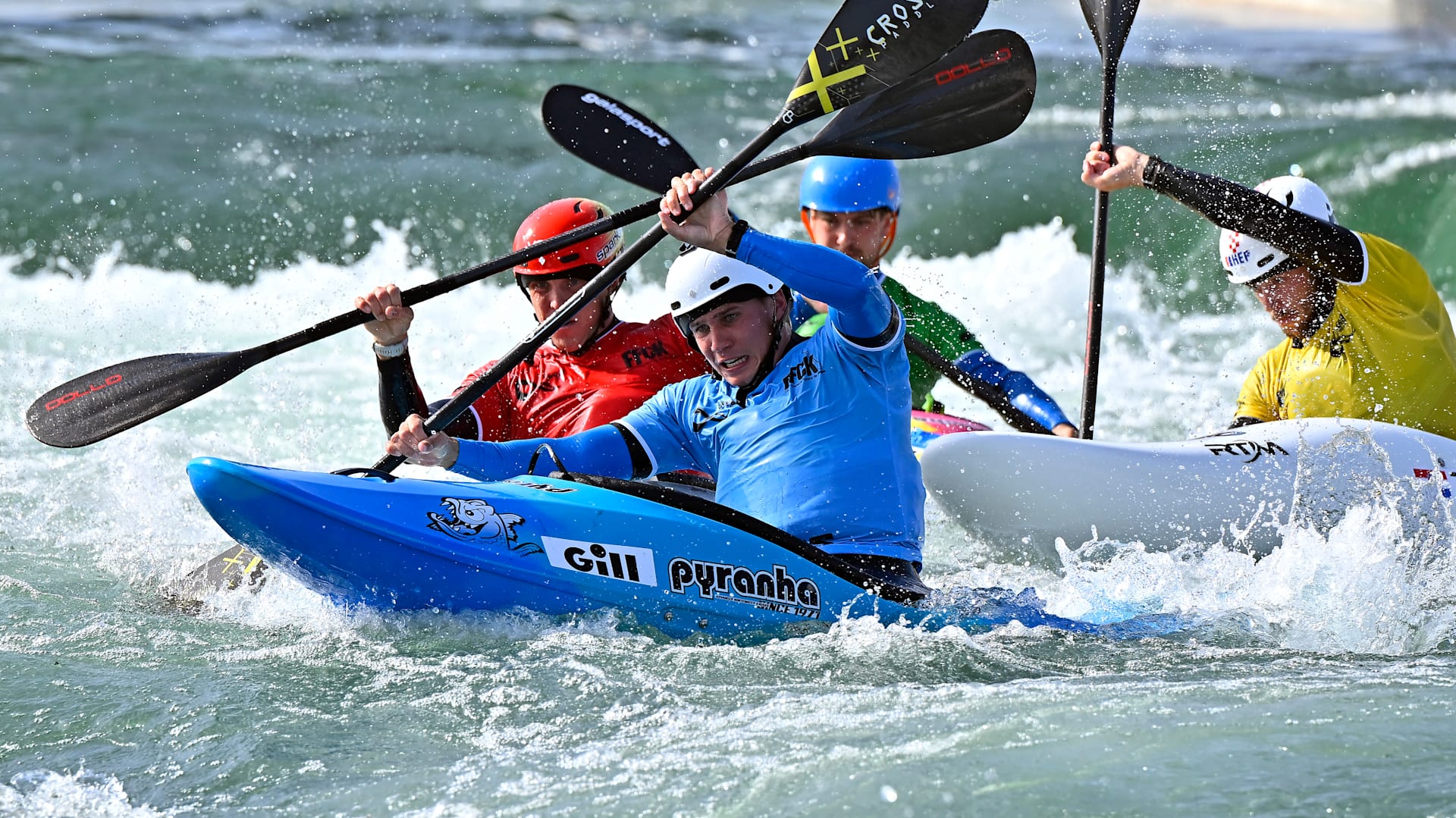Canoe slalom, often referred to as whitewater slalom, is an exhilarating and highly technical water sport that combines elements of speed, agility, and precision. Competitors navigate through a course of hanging gates on a river, tackling various rapids and currents while aiming for the fastest time. The sport has evolved significantly since its inception and is now a prominent feature in international competitions, including the Olympics.
History and Evolution
Canoe slalom emerged in Europe in the early 20th century, with the first recorded slalom race taking place in 1939 in Switzerland. The sport gained further recognition with the establishment of the first World Championships in 1949. Over the decades, it has grown in popularity and complexity, leading to its inclusion in the Summer Olympics, starting from the 1972 Munich Games.
The International Canoe Federation (ICF) governs the sport, ensuring standardization across competitions worldwide. As the sport has developed, so have the techniques and equipment used, reflecting advancements in both paddling skills and boat design.
The Objective of Canoe Slalom
The primary goal in canoe slalom is straightforward: complete the designated course in the shortest time possible. Each course consists of a series of gates, including upstream (red) and downstream (green) markers, which paddlers must navigate. The challenge lies not only in the speed but also in the precision required to maneuver through these gates without incurring penalties, such as touching or missing a gate.
Events and Categories
Canoe slalom features various events based on the type of vessel used:

K-1: Kayak single (both men's and women's events)
C-1: Canoe single (men's event)
C-2: Canoe double (men's event, though it has been phased out in recent competitions)
Each event showcases different skills and techniques, emphasizing the unique attributes of kayaks and canoes.
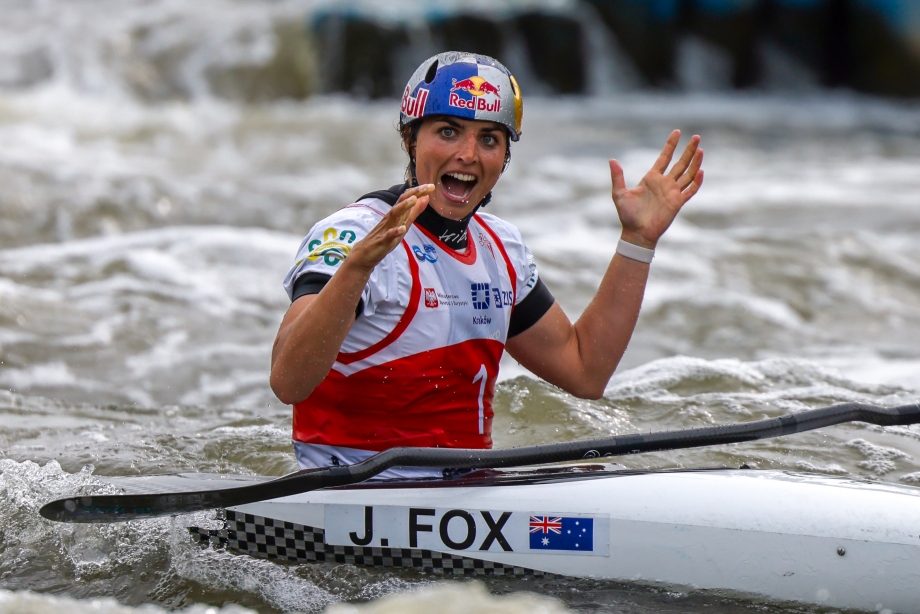
Techniques and Strategies
Successful canoe slalom athletes employ a range of techniques to navigate the course efficiently. Here are some key techniques:
Paddling Techniques: Effective paddling involves using various strokes, including forward strokes, back strokes, and sweeping strokes. Advanced paddlers often utilize a bow rudder technique to navigate upstream gates, requiring powerful turning and sweep strokes to maintain control.
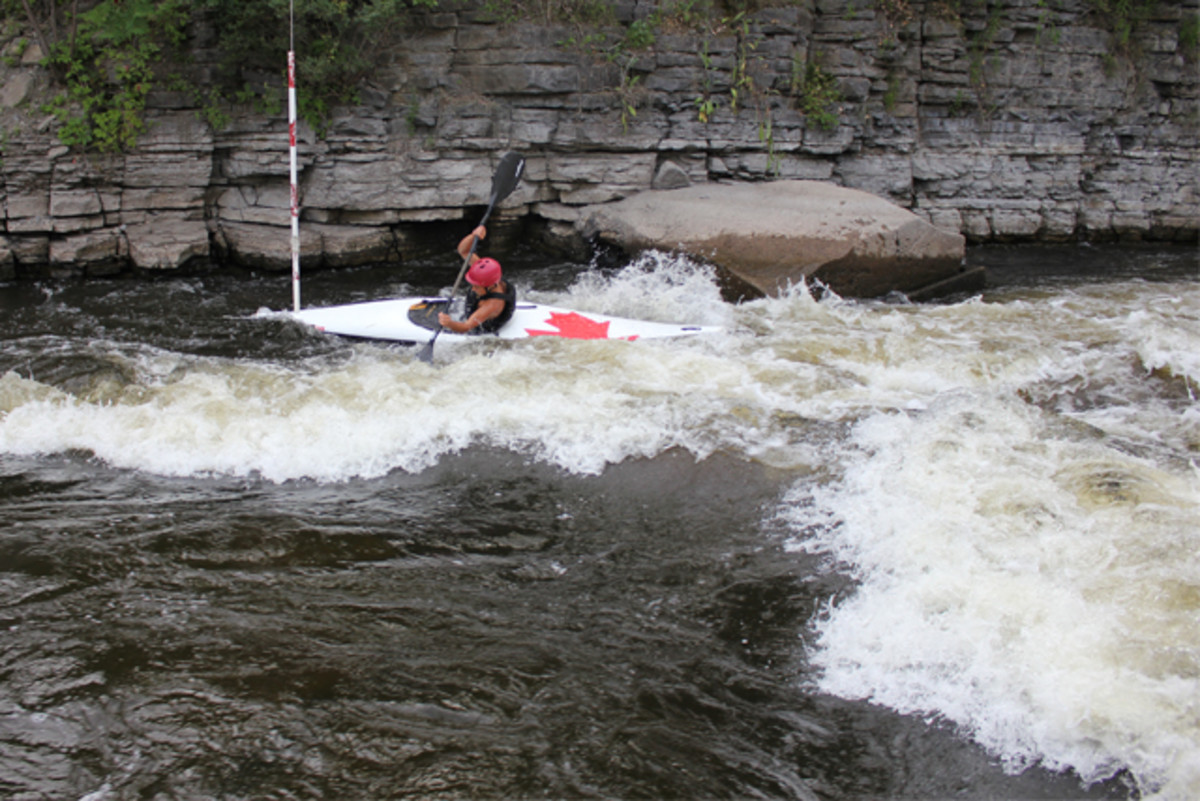
Ferry Gliding: This technique allows paddlers to move across the current without being swept downstream. By angling their boat and using their paddle effectively, they can move laterally while maintaining their position in the water.
Eddy Turns: Paddlers must enter and exit eddies (calm water areas behind obstacles) efficiently to navigate upstream gates. This involves strategic positioning and timing to ensure minimal time is spent in the eddy, which can slow progress.
Breakouts and Staggered Gates: Paddlers face various challenges, including staggered gates that require quick directional changes. Mastery of breakouts—transitioning from eddies back into the current—is crucial for maintaining speed.
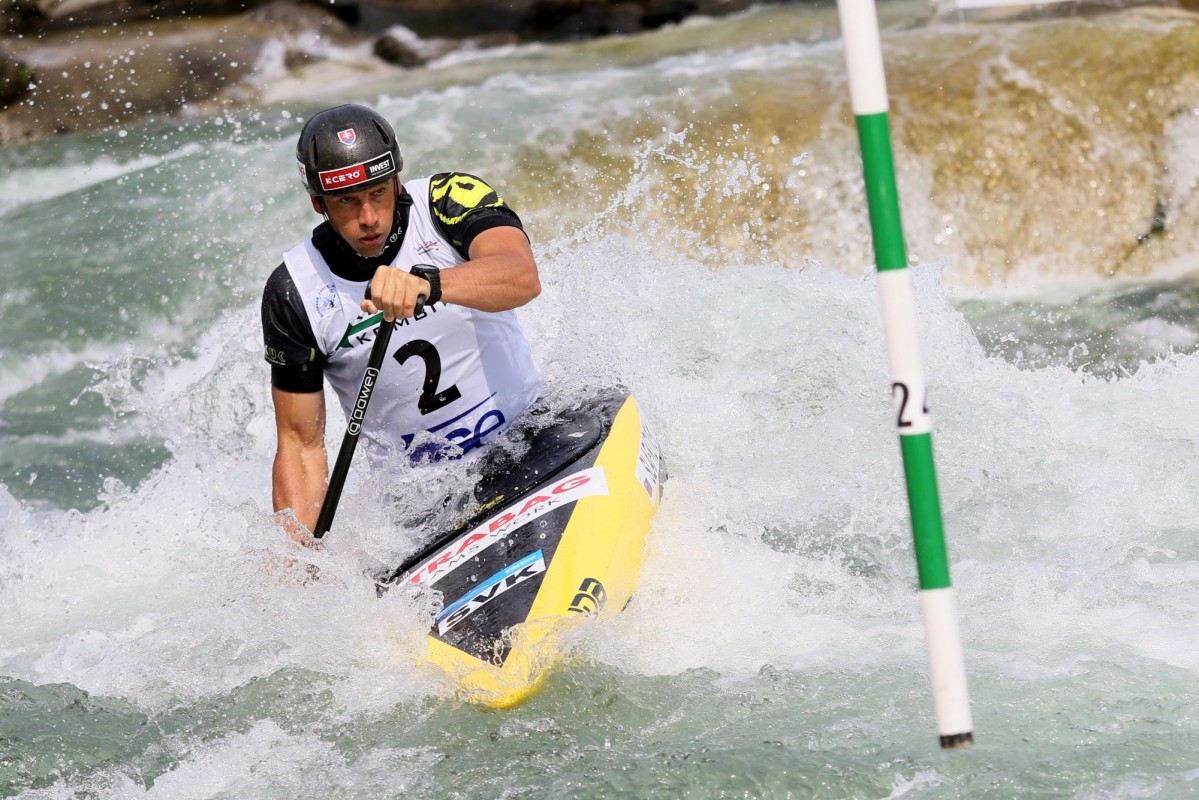
Equipment Used in Canoe Slalom
The right equipment is vital for success in canoe slalom. Key components include:
Canoe or Kayak: Canoes are typically open vessels that require a single-blade paddle, while kayaks are closed and utilize a double-bladed paddle. Both types are designed to maneuver swiftly in whitewater.
Helmets: Safety is paramount, and helmets are mandatory to protect paddlers from impacts with rocks and other obstacles.
Buoyancy Aids: These flotation devices ensure paddlers stay afloat in the event of a capsize.
Gates: The gates are suspended above the water and are color-coded to indicate the direction of navigation (green for downstream, red for upstream).
The Competitive Scene
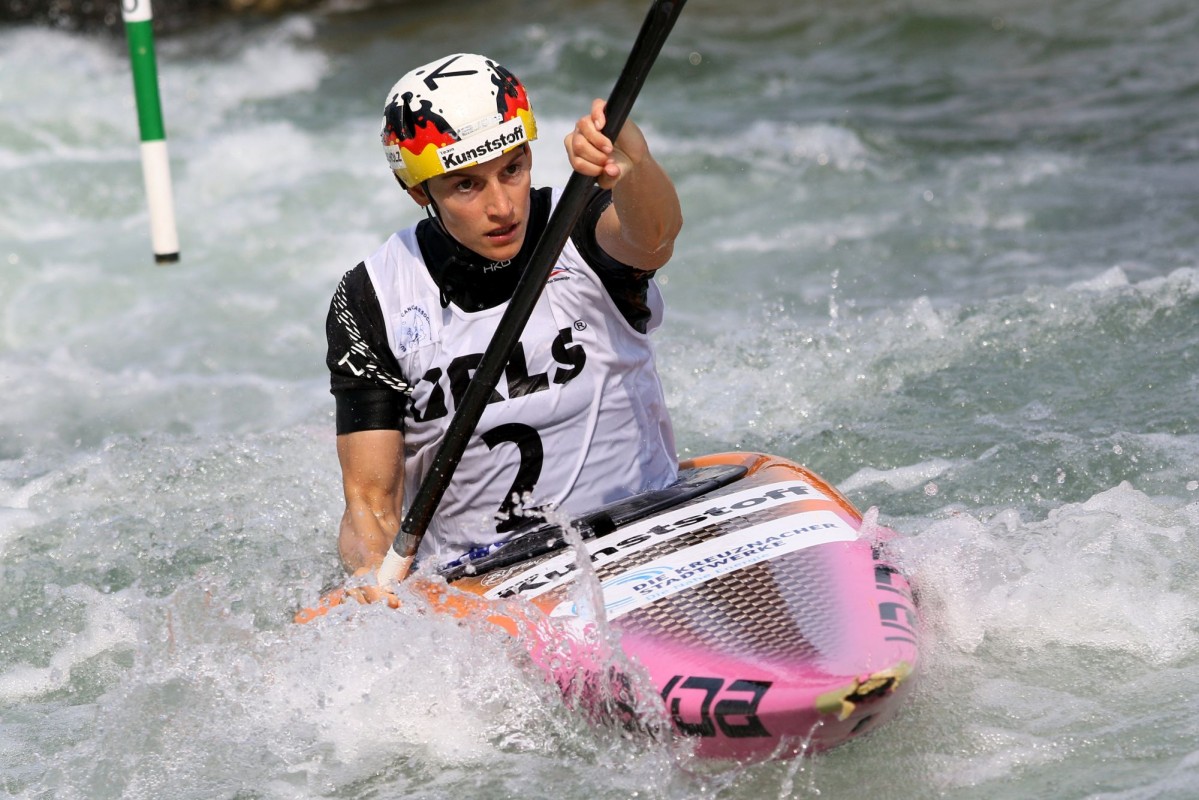
Canoe slalom competitions take place on natural or artificial whitewater courses, designed to challenge athletes with various features such as rapids, waves, and eddies. Events often feature timed runs, and paddlers may have multiple opportunities to improve their times. The complexity of the courses means that even the most skilled paddlers must adapt their strategies on the fly.
Training and Preparation
Training for canoe slalom requires dedication and a multifaceted approach. Athletes spend countless hours on the water, honing their skills, developing strength and endurance, and practicing techniques specific to slalom racing. Mental preparation is equally important, as visualizing the course and strategizing optimal routes can significantly impact performance.
Conclusion

Canoe slalom is a sport that exemplifies grace and precision in the face of nature's dynamic currents. With its rich history, evolving techniques, and intense competition, it remains a thrilling event for both participants and spectators. As athletes continue to push the boundaries of skill and speed, canoe slalom will undoubtedly maintain its status as a captivating discipline within the world of water sports.
For those interested in learning more about canoe slalom techniques, competitions, and athlete profiles, resources such as the International Canoe Federation's official site and various instructional books are invaluable. Whether you are a budding paddler or a fan of the sport, canoe slalom offers an exciting glimpse into the harmony between humans and nature.
Technical Skills and Strategies
Canoe slalom demands a blend of technical prowess and strategic thinking. Here are some key techniques that athletes employ:
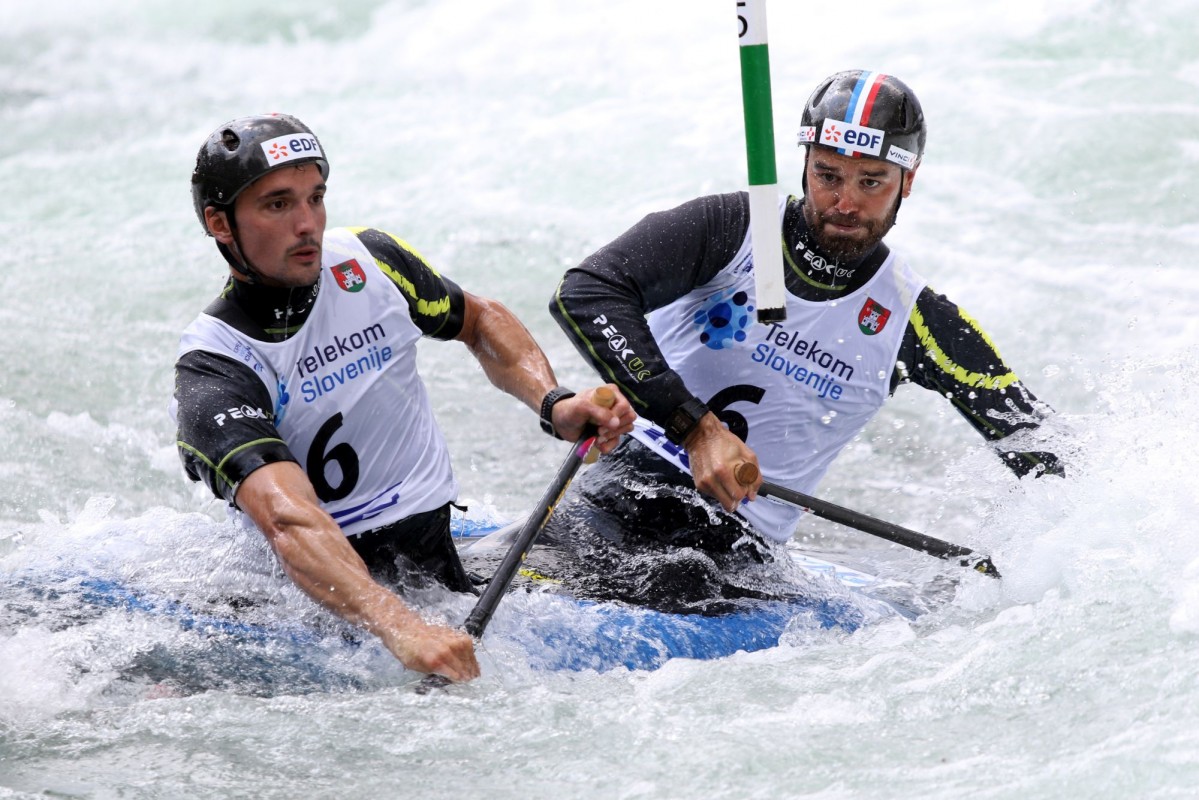
Paddling Strokes: Mastering different paddle strokes—such as the forward stroke, backward stroke, and draw stroke—is crucial. Each stroke serves a unique purpose, helping paddlers navigate swift currents, maintain speed, and position themselves for upcoming gates.
Eddy Turns and Breakouts: Paddlers must skillfully enter and exit eddies, which are calm water areas behind obstacles. This technique allows athletes to conserve energy while positioning themselves effectively to tackle upstream gates. Quick breakouts are vital for maintaining momentum when re-entering the current.

Ferry Gliding: This technique involves moving diagonally across the current to maintain position and control. Successful ferry gliding requires precise timing and boat control, allowing paddlers to reach specific points on the course efficiently.

